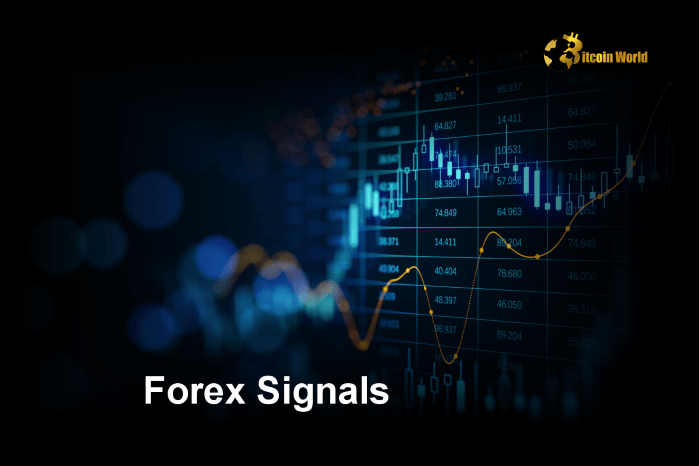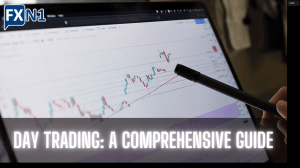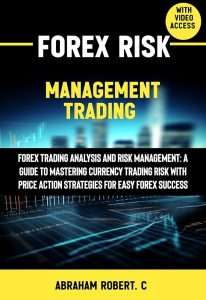Live Forex Trading: A Comprehensive Guide
Master the art of live forex trading! This comprehensive guide unlocks strategies for beginners and advanced techniques for seasoned traders. Navigate the world’s largest market with confidence and precision. Learn to profit from currency fluctuations.

The foreign exchange market, or forex, is the world’s largest and most liquid market. Trading forex involves buying and selling currencies in pairs, aiming to profit from fluctuations in their exchange rates. Live forex trading, therefore, requires constant monitoring and quick decision-making. This guide will delve into the essential aspects of live forex trading, offering insights to both beginners and experienced traders. Success in this dynamic market demands a thorough understanding of its intricacies, and this guide aims to illuminate those complexities.
Understanding the Forex Market
Before diving into the thrill of live forex trading, it’s crucial to grasp the fundamental concepts governing this intricate market. Currency pairs, such as EUR/USD (Euro/US Dollar) or GBP/JPY (British Pound/Japanese Yen), represent the relative value of one currency against another. These values are constantly changing, influenced by a multitude of factors, including economic indicators, political events, and market sentiment. Understanding these dynamics is paramount for successful trading.
Economic Indicators and Their Impact
Economic indicators, released by various governments and international organizations, play a significant role in influencing currency values. For instance, a strong employment report in the United States might bolster the US dollar, leading to an increase in the value of the USD in relation to other currencies. Conversely, unexpectedly high inflation figures could weaken a currency. Staying informed about upcoming economic releases and their potential impact is vital for making informed trading decisions.
Geopolitical Events and Market Volatility
Geopolitical events, including political instability, wars, and international relations, can significantly impact forex markets. These events often create market volatility, providing both opportunities and risks for traders. A sudden geopolitical event can trigger rapid price swings, requiring traders to react swiftly and decisively. Staying abreast of current events is crucial for navigating these volatile periods.
Strategies for Live Forex Trading
Numerous strategies exist for live forex trading, each with its own strengths and weaknesses. Choosing the right strategy depends on your risk tolerance, trading style, and market understanding. Some popular strategies include:
- Scalping: This short-term strategy involves profiting from small price movements within a short timeframe, often within minutes or even seconds.
- Day trading: Day traders open and close their positions within a single trading day, aiming to capitalize on intraday price fluctuations;
- Swing trading: This medium-term strategy involves holding positions for several days or weeks, profiting from larger price swings.
- Position trading: Position traders hold positions for extended periods, sometimes months or even years, benefiting from long-term trends.
Technical Analysis: Chart Patterns and Indicators
Technical analysis involves using charts and indicators to identify trading opportunities. Traders often look for chart patterns, such as head and shoulders or double tops and bottoms, to predict future price movements. Technical indicators, such as moving averages and relative strength index (RSI), provide additional signals to confirm potential trading setups.
Fundamental Analysis: Economic and Political Factors
Fundamental analysis focuses on assessing the underlying economic and political factors that influence currency values. This involves analyzing economic indicators, such as inflation, interest rates, and GDP growth, as well as geopolitical events and market sentiment. Fundamental analysis helps traders identify long-term trends and potential investment opportunities.
Risk Management in Live Forex Trading
Effective risk management is paramount in live forex trading. The high leverage offered in forex trading can magnify both profits and losses. Implementing robust risk management strategies is essential to protect your capital and prevent significant losses.
Position Sizing and Stop-Loss Orders
Position sizing refers to determining the appropriate amount of capital to allocate to each trade. A well-defined position sizing strategy limits potential losses and prevents a single losing trade from wiping out your entire account. Stop-loss orders automatically close a position when the price reaches a predetermined level, limiting potential losses.
Take-Profit Orders and Trailing Stops
Take-profit orders automatically close a position when the price reaches a specified profit target. This helps lock in profits and prevents potential reversals from eroding gains. Trailing stops automatically adjust the stop-loss order as the price moves in your favor, protecting profits while allowing the trade to continue to run.
Diversification and Portfolio Management
Diversification is crucial for minimizing risk. Instead of concentrating your capital in a single currency pair, spread your investments across multiple pairs to reduce the impact of a single losing trade. Regular portfolio management involves monitoring your positions, adjusting your strategies, and rebalancing your portfolio as needed.
Tools and Resources for Live Forex Trading
Successful live forex trading requires the right tools and resources. These tools can significantly enhance your trading capabilities and improve your decision-making process.
Forex Trading Platforms
Forex trading platforms provide the interface for executing trades, analyzing charts, and managing your account. Many reputable brokers offer a variety of platforms, each with its own features and functionalities. Choosing a reliable and user-friendly platform is crucial for efficient trading.
Economic Calendars and News Sources
Staying informed about upcoming economic releases and geopolitical events is essential for making informed trading decisions. Economic calendars provide a schedule of upcoming events, while reputable news sources offer real-time updates on market-moving news.
Educational Resources and Courses
Continuous learning is essential for success in live forex trading. Numerous educational resources, including books, online courses, and webinars, can enhance your understanding of the market and improve your trading skills. Seeking knowledge from experienced traders and mentors can accelerate your learning curve.
The Psychological Aspect of Live Forex Trading
Live forex trading demands emotional discipline and a clear trading plan. Emotional biases can lead to impulsive decisions and costly mistakes. Developing a strong mindset is crucial for navigating the challenges of this dynamic market.
Avoiding Emotional Trading
Emotional trading, driven by fear, greed, or hope, can lead to irrational decisions. Developing a disciplined trading plan and sticking to it, regardless of market fluctuations, is essential for avoiding emotional biases. Maintaining a journal to track your trades and analyze your performance can help identify emotional patterns and improve your decision-making process.
Managing Stress and Maintaining Focus
Live forex trading can be stressful, especially during volatile market conditions. Developing strategies for managing stress, such as taking breaks, practicing mindfulness, and maintaining a healthy lifestyle, is essential for maintaining focus and making sound judgments.
Continuous Learning and Adaptation
The forex market is constantly evolving, influenced by economic shifts, technological advancements, and geopolitical changes. Continuous learning and adaptation are crucial for staying ahead of the curve and maintaining a competitive edge. Regularly reviewing your trading strategies, staying updated on market developments, and seeking feedback from experienced traders are vital components of continuous improvement.
- Regularly review and adjust your trading plan based on market conditions and your performance.
- Stay informed about new trading strategies and technologies.
- Seek feedback from experienced traders or mentors to identify areas for improvement.
Live forex trading presents both significant opportunities and considerable risks. Success requires a comprehensive understanding of the market, a well-defined trading strategy, robust risk management practices, and unwavering discipline. By combining knowledge, skill, and emotional control, traders can navigate the complexities of the forex market and achieve their financial goals. Consistent learning, adaptation, and a commitment to self-improvement are crucial for long-term success. Remember, patience and persistence are key attributes for thriving in this dynamic and often challenging environment. Continuous evaluation of performance and a willingness to learn from both successes and failures are essential for sustained growth and profitability. The journey of a successful forex trader is a continuous process of learning and refinement.







